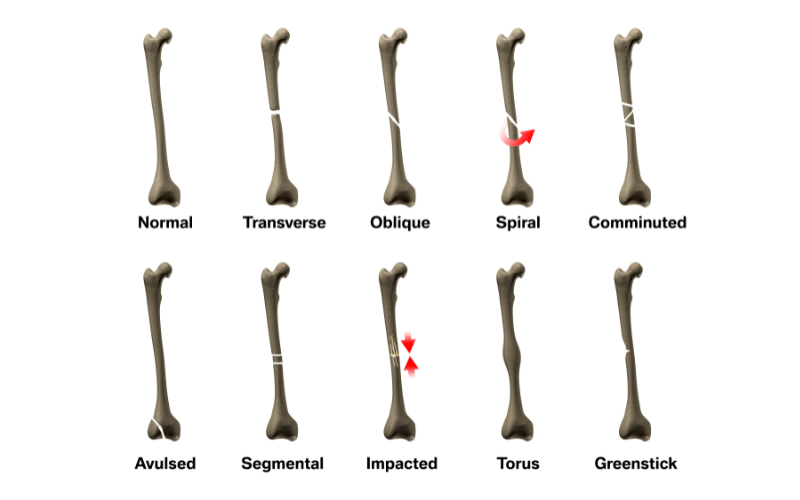Introduction: Unraveling the Mystery of Greenstick Fractures
Greenstick fractures, a term that often surfaces in pediatric orthopedics, represents a unique type of bone injury predominantly observed in children. These fractures occur when a bone bends and cracks, instead of breaking completely like in a typical fracture. Named for their resemblance to the way a green twig breaks, these injuries are both fascinating and concerning for parents and caregivers.

The human bone is an incredible structure, capable of bearing considerable stress and strain. However, in children, whose bones are still developing and more pliable, the scenario is different. Their bones can bend under pressure, leading to partial fractures – a prime characteristic of greenstick fractures. This unique nature raises several questions: How do they differ from regular fractures? What are the implications for a child’s health and growth?
Understanding greenstick fractures is crucial not just for medical professionals but also for parents and educators. These fractures are more than just a medical term; they represent a critical aspect of child development and safety. Recognizing their symptoms, knowing when to seek medical attention, and understanding the treatment process are vital steps in ensuring the well-being of our young ones.
This article delves into the world of greenstick fractures, shedding light on their causes, symptoms, and treatments. By providing valuable insights, we aim to empower readers with knowledge, enabling them to make informed decisions about health and safety. Let’s embark on this informative journey, unraveling the mysteries of greenstick fractures and equipping ourselves with the knowledge to protect and nurture our children’s growth.
1. The Unique Nature of Greenstick Fractures: Understanding Bone Flexibility

Greenstick fractures are fascinating in their uniqueness, especially when compared to typical bone fractures. These fractures, predominantly seen in children, highlight the remarkable flexibility of young bones. Unlike adult bones, which tend to snap under pressure, a child’s bones are more pliable, akin to a young tree branch that bends without breaking completely.
This flexibility is due to the higher collagen content in children’s bones, which allows them to absorb impacts differently. When a greenstick fracture occurs, it results in a partial break, usually on one side of the bone. This partial break can often go unnoticed, as it doesn’t exhibit the dramatic visual cues of a complete fracture. It’s this subtlety that makes understanding and identifying greenstick fractures both challenging and crucial.
Interestingly, the very nature of these fractures reflects the ongoing development and changes in pediatric skeletal systems. This evolving bone composition plays a critical role in how injuries are treated and managed in children versus adults. The understanding of greenstick fractures thus becomes a window into pediatric orthopedics, offering insights into the dynamic nature of growing bones.
In the broader context, greenstick fractures serve as a reminder of the distinct medical considerations required for children. From diagnosis to treatment, their unique physiology demands specialized attention, emphasizing the need for tailored approaches in pediatric healthcare. This fact about greenstick fractures not only underscores the complexity of these injuries but also highlights the importance of specialized knowledge in effectively addressing them. (1)